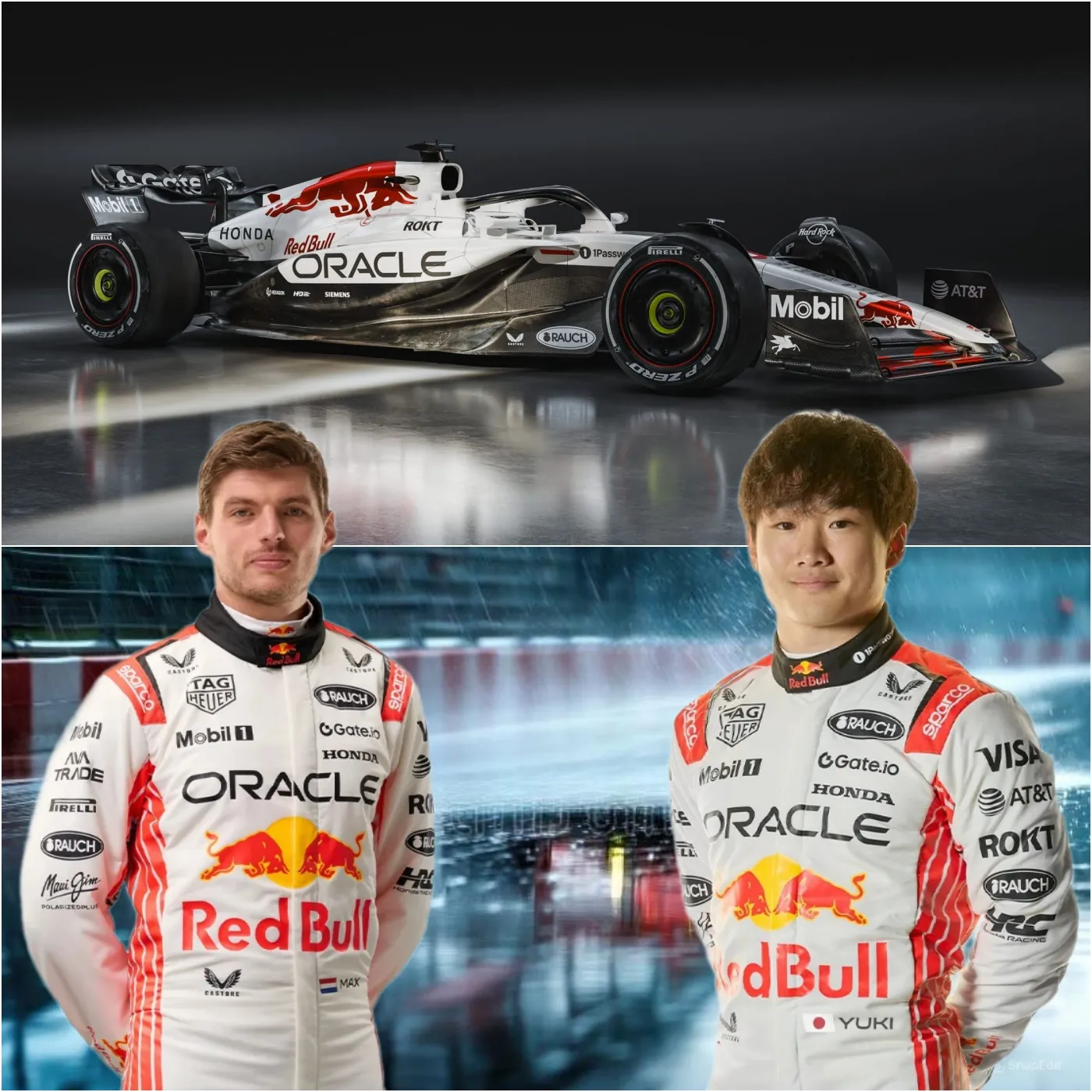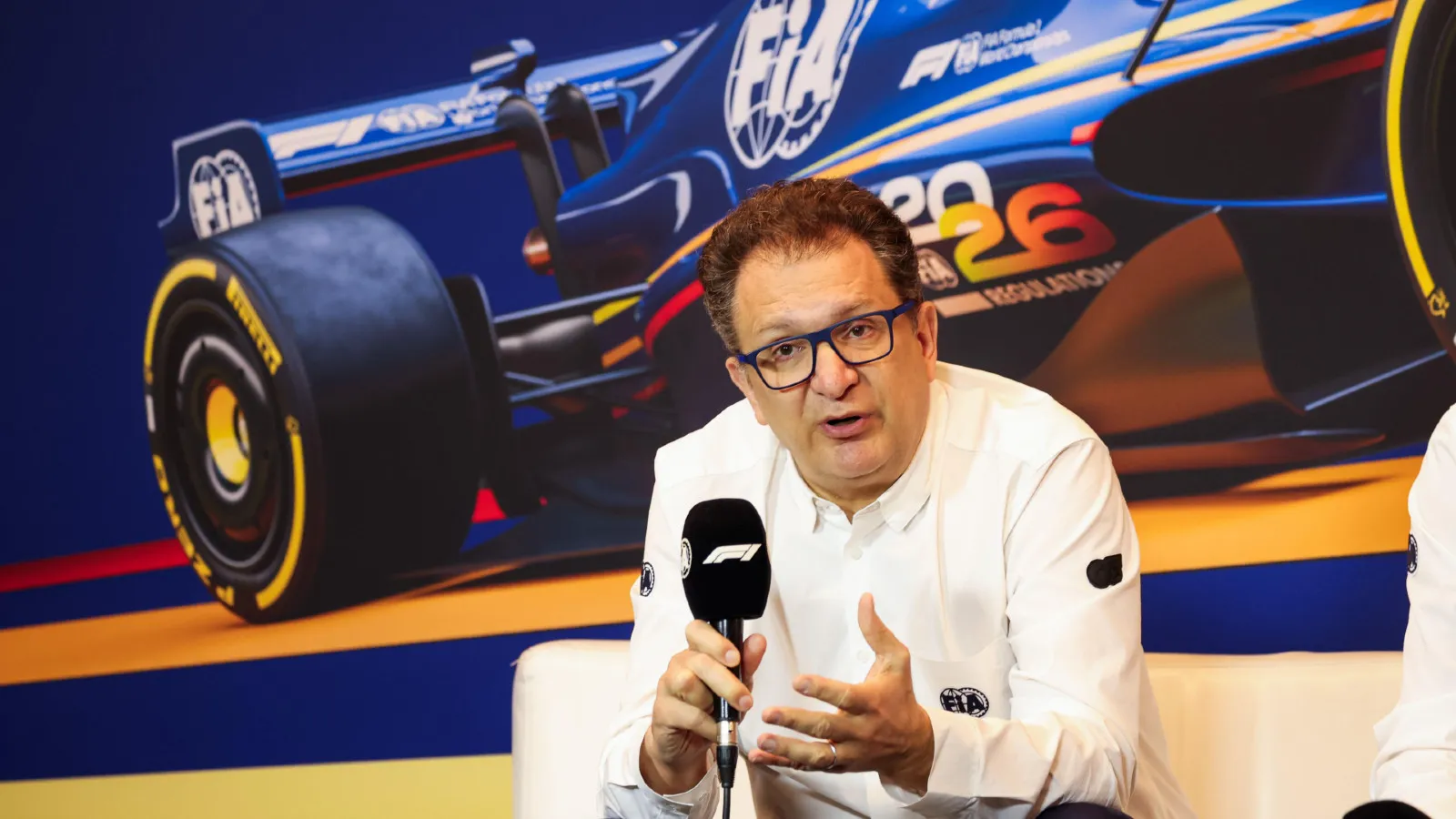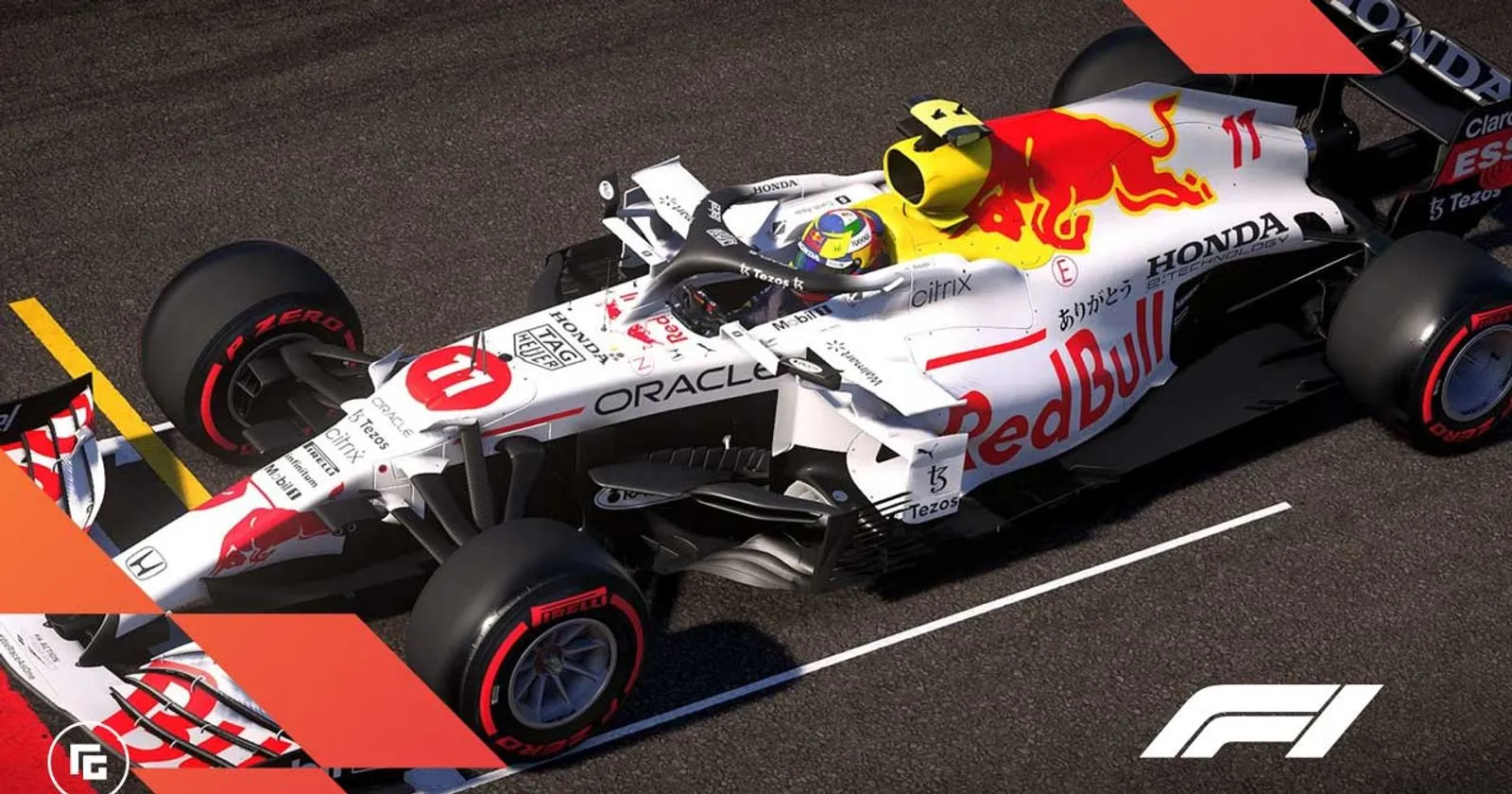
Since the introduction of new regulations in Formula 1, the Fédération Internationale de l’Automobile (FIA) has attempted to close all loopholes in the technical rules to prevent teams from gaining unfair advantages. However, fears remain that some ‘tricks’ will persist. Nikolas Tombazis, FIA’s single-seater technical director, revealed that, despite the restrictions imposed since the Chinese Grand Prix, he still fears that some teams will continue to use mini-DRS.
Stricter rules, same fear
The point of controversy lies in the flexibility of aerodynamic elements, particularly the rear wings. At the Chinese Grand Prix, the FIA allowed the gap between certain rear wing elements to be a maximum of 0.75 mm. However, for the Japanese Grand Prix, the regulations were further tightened, reducing this margin to just 0.5 mm. Despite these efforts, Tombazis warns that the problem has not been completely eradicated.

“We have put in place stricter measures to prevent any loopholes in the regulations, but the possibility that some teams will continue to find ways to take advantage of them remains a real concern,” the FIA chief said.
Red Bull’s mysterious ‘white bull’
In this uncertain climate, Red Bull has once again found itself at the center of controversy with the alleged development of the “White Bull.” This concept has not yet been confirmed by the Milton Keynes team, but various sources suggest it could be an innovative design that, while not directly violating regulations, makes the most of the permitted aerodynamic flexibility.

Red Bull has always been a pioneer in developing innovative technologies within the regulatory framework. Adrian Newey, its technical director, is known for pushing the boundaries of the regulations to the extreme, which has caused friction with the FIA in the past. It wouldn’t be surprising if the “White Bull” is another attempt at optimizing aerodynamics without committing an explicit violation.
Impact on the 2024 season
The battle between the FIA and the teams is nothing new. Throughout Formula 1’s history, whenever new regulations are introduced, engineers have worked tirelessly to find loopholes that allow them to maintain their competitive advantage. In this case, Tombazis’s concern suggests that some teams, perhaps including Red Bull, may have found a way to continue benefiting from a mini-DRS system.
If the FIA detects anomalies in the cars, we could see further regulatory changes, or even sanctions for teams that attempt to exploit these flaws. However, until there is official confirmation, everything remains in the realm of speculation.
Conclusion
Formula 1 continues to evolve, and with it, teams are constantly looking for new ways to shave off crucial tenths of a second on the track. The FIA has tightened rules to limit potential illegal advantages, but suspicions persist. With Red Bull’s “White Bull” in the spotlight, the 2024 championship promises to be one of the most intriguing seasons in the battle between regulations and innovation.
What other surprises does this season have in store? Only time will tell, but one thing is certain: the battle in the offices will be as intense as the one on the track.





